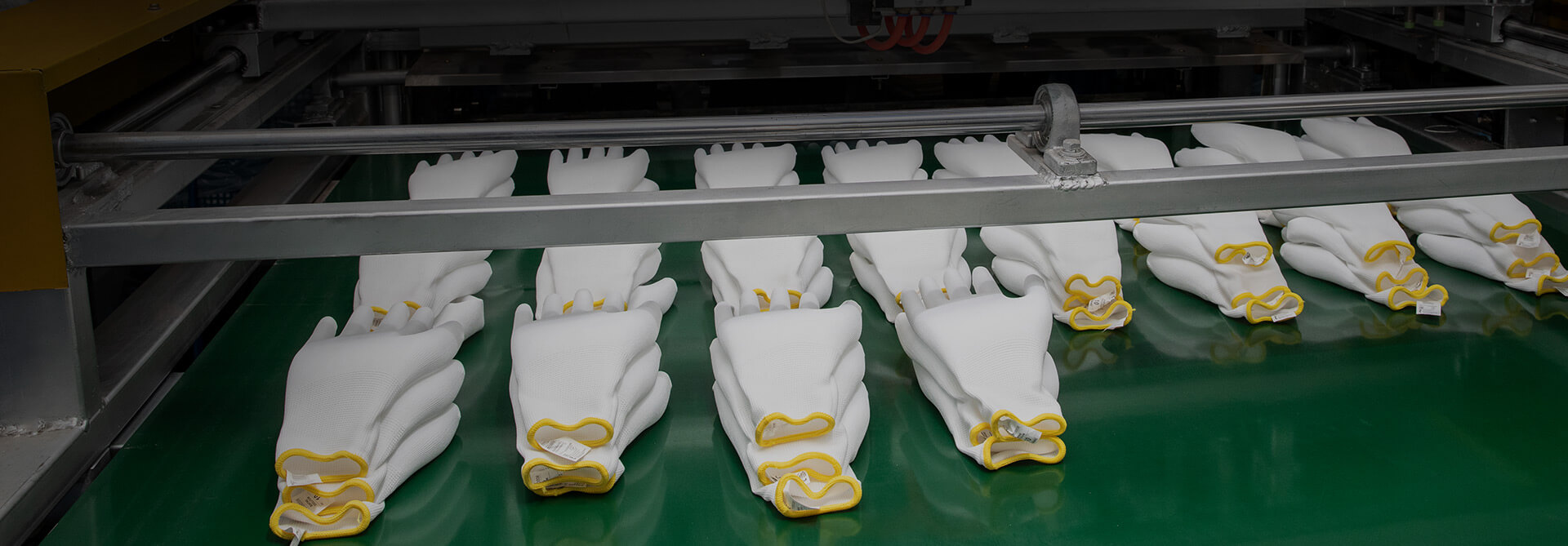Qualified hand protection products can effectively avoid or reduce the degree of injury to users in the event of an accident, and are an important measure to protect the safety and health of users. So, how do cut resistant gloves distinguish the levels?
Anti-cutting grade of anti-cut gloves:
The more common anti-cutting standard is the British EU BS EN 388. The specifications cover 4 mechanical risks, namely anti-wear, anti-cut, anti-tear and anti-stab. Gloves that meet the specifications must be marked with a shield logo with a blacksmith hammer iron image, and the protection level shall be expressed from 1 to 4. The cut resistance rating can reach the highest level 5. Gloves must also meet the requirements of general, comfort and efficiency, test procedures and labeling and information contained in the BS EN 420 standard, such as water penetration, the amount of hexavalent chromium released from leather gloves, etc.
Daily maintenance of cut-resistant gloves:
1. Stainless steel cut-resistant gloves are suitable for all gloves to resist physical and mechanical damage, such as abrasion, cut-resistant, tear-resistant, puncture-resistant, etc., but not suitable for shock-resistant gloves.
2. The glove will inevitably have small holes in the long-term sharp blade contact. If the small hole of the glove exceeds 1 square centimeter, the glove needs to be repaired or replaced to avoid danger.
3. The stainless steel cut-resistant gloves must be cleaned after use. They can be washed with high-pressure hot water or a safe instrument special cleaner, then rinsed with water and dried.
The above is that Ningbo GG Safety Products Co., Ltd provides you with answers on how to distinguish the levels of cut-resistant gloves. I really hope to help you. If you want to know more about safety gloves, please pay attention.



